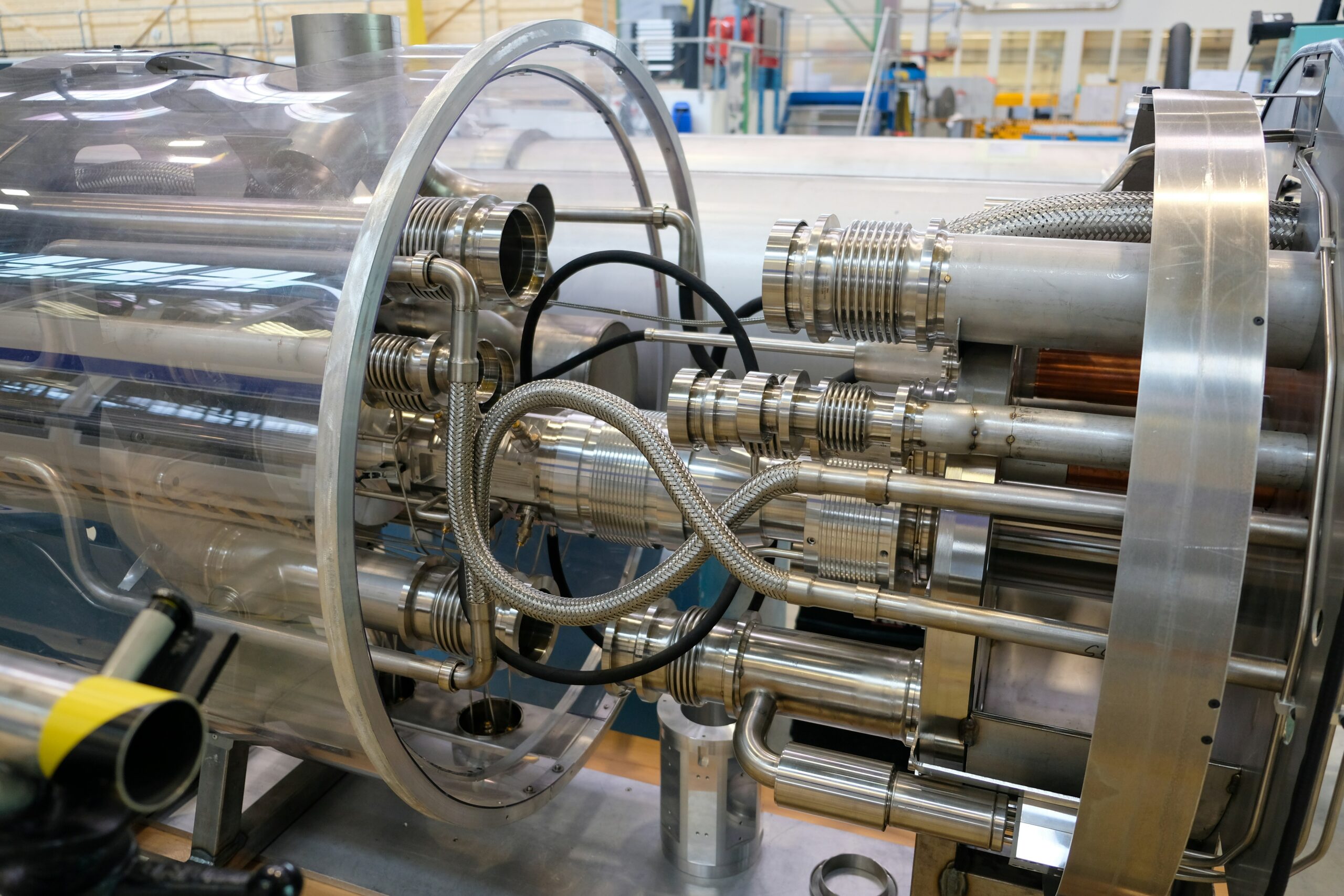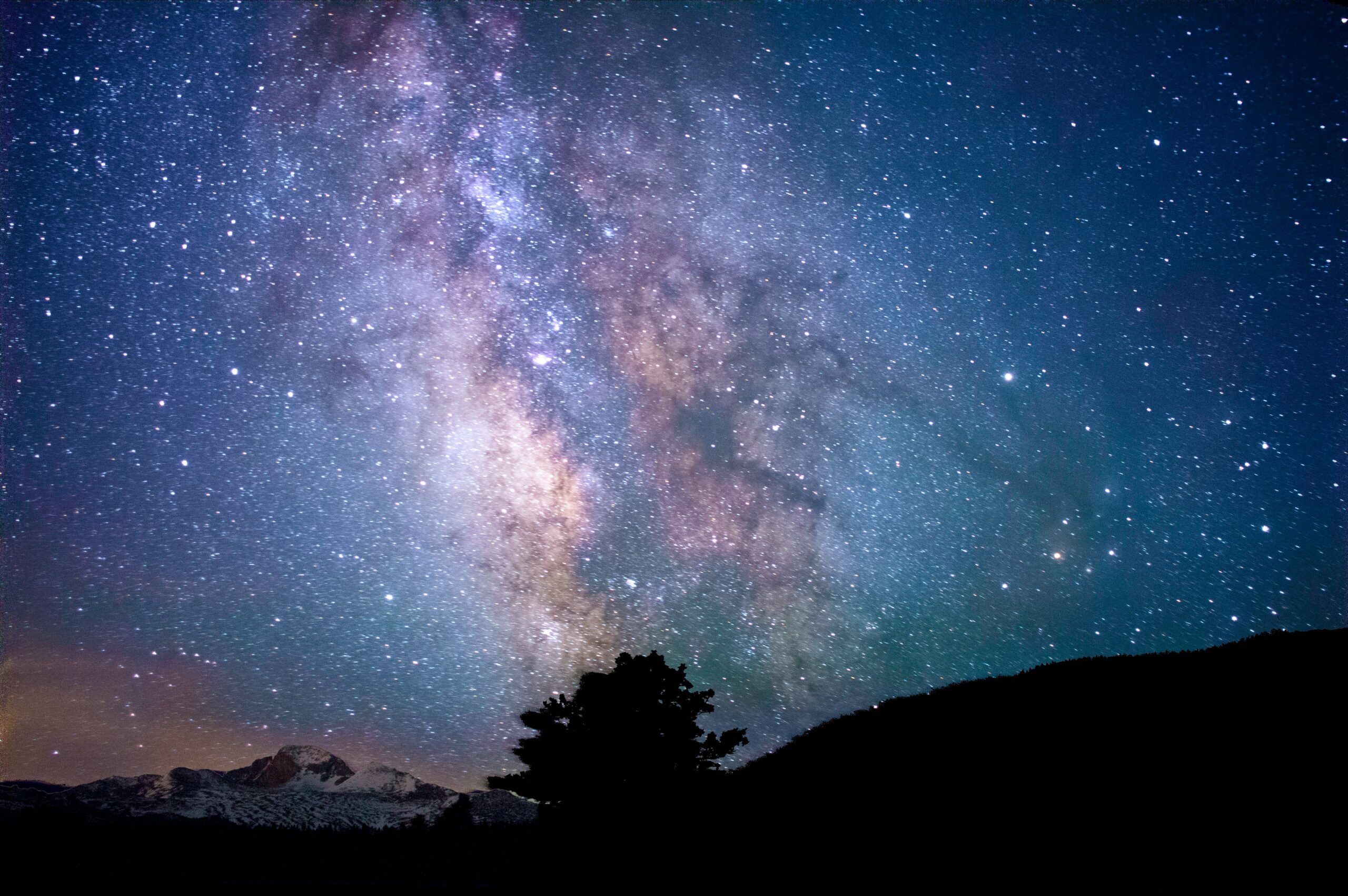By becoming a member of our site, you can add the content you like to your favorites, and present the content you have produced or liked on the internet to our site visitors with the send content option.
Zaten bir üyeliğiniz mevcut mu ? Giriş yapın
By becoming a member of our site, you can add the content you like to your favorites, and present the content you have produced or liked on the internet to our site visitors with the send content option.
You Can Benefit from All Options Exclusive to Our Members by Registering

Next Content:
Quantum Cryptography for Secure Communication
Discovering Ancient Civilizations with Space Archaeology

In the realm of archaeology, a groundbreaking approach known as space archaeology is revolutionizing the way researchers discover and study ancient civilizations. By leveraging advanced satellite imagery and remote sensing technologies, space archaeology enables scholars to uncover hidden archaeological sites, map ancient landscapes, and gain insights into the cultural heritage of past civilizations.
At the heart of space archaeology lies the utilization of satellite imagery and remote sensing techniques to detect subtle surface features and anomalies that may indicate the presence of archaeological remains. From the vantage point of space, satellites equipped with specialized sensors can capture high-resolution images of the Earth’s surface, revealing details that may be imperceptible from ground level. These images are then analyzed using sophisticated algorithms and image processing techniques to identify potential archaeological sites, such as buried structures, ancient roads, and agricultural terraces.
One of the key advantages of space archaeology is its ability to survey large areas of land quickly and cost-effectively. Traditional archaeological surveys conducted on foot can be time-consuming, labor-intensive, and limited in scope. In contrast, satellite-based surveys allow researchers to cover vast territories in a fraction of the time, enabling them to identify and prioritize areas of interest for further investigation.
Moreover, space archaeology offers a non-invasive approach to archaeological research, minimizing the need for destructive excavation methods. By analyzing satellite imagery and remote sensing data, researchers can assess the archaeological potential of a site without disturbing its physical integrity. This non-destructive approach is particularly valuable for preserving fragile or sensitive archaeological sites and landscapes.
Furthermore, space archaeology has the potential to transform our understanding of ancient civilizations and their interactions with the environment. By mapping ancient landscapes and monitoring changes over time, researchers can reconstruct past land use patterns, agricultural practices, and urban development. This interdisciplinary approach, which combines insights from archaeology, geography, and environmental science, provides a holistic understanding of how ancient civilizations adapted to their surroundings and shaped the landscape.
In addition to its research applications, space archaeology also has practical implications for cultural heritage management and conservation. By identifying and documenting archaeological sites from space, researchers can help authorities and local communities prioritize conservation efforts, mitigate the impact of development projects, and safeguard cultural heritage for future generations.
As technology continues to advance and satellite imagery becomes more accessible, the potential for space archaeology to uncover new discoveries and expand our knowledge of ancient civilizations is greater than ever before. By harnessing the power of space-based technologies, researchers are embarking on a journey of exploration and discovery that promises to unlock the secrets of our shared human history, one pixel at a time.
In conclusion, space archaeology represents a cutting-edge approach to archaeological research, offering new insights into the ancient past and revolutionizing the way we study and preserve cultural heritage. By combining satellite imagery, remote sensing, and geospatial analysis, researchers can uncover hidden archaeological sites, map ancient landscapes, and gain a deeper understanding of how past civilizations interacted with their environment. As technology continues to evolve, space archaeology holds the promise of revealing new discoveries and transforming our understanding of the human story on Earth.
We offer our respects and wish you a good reading. – Who Learns What? Team
- On-Site Comments































